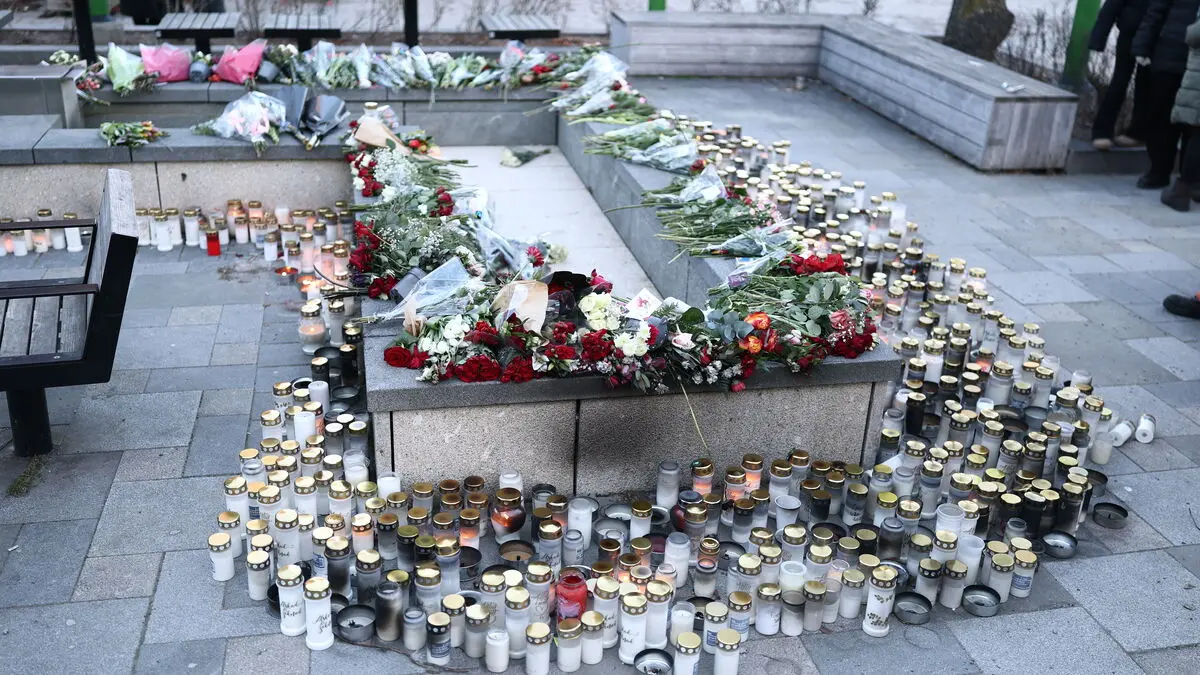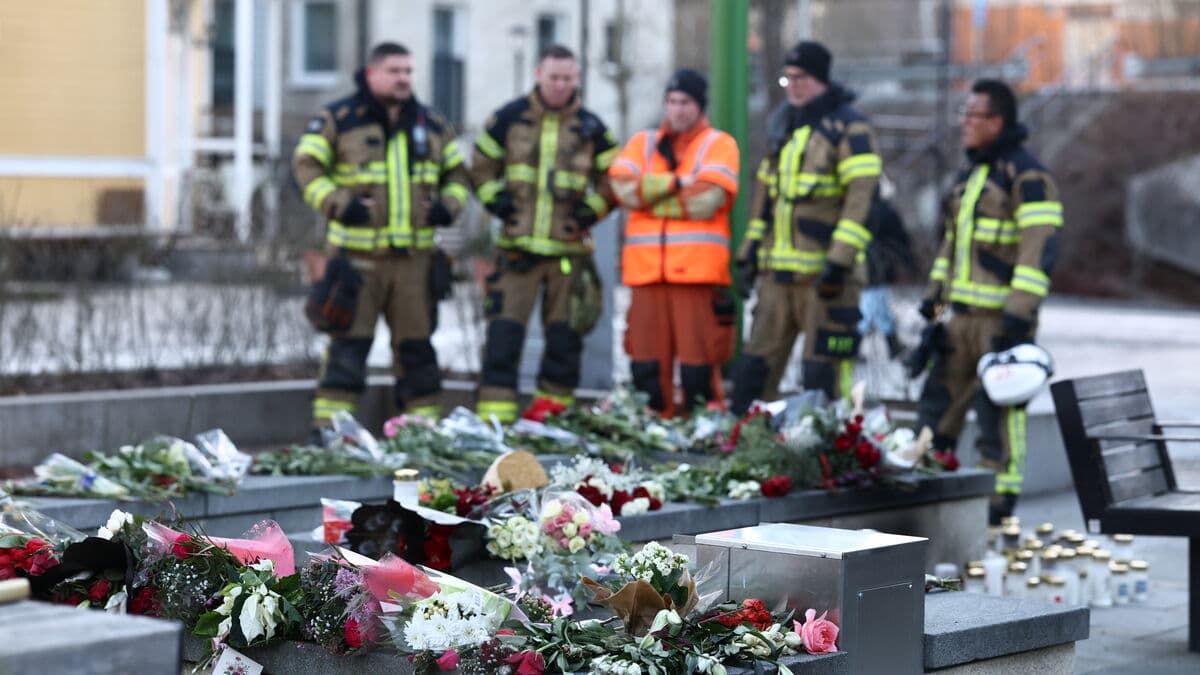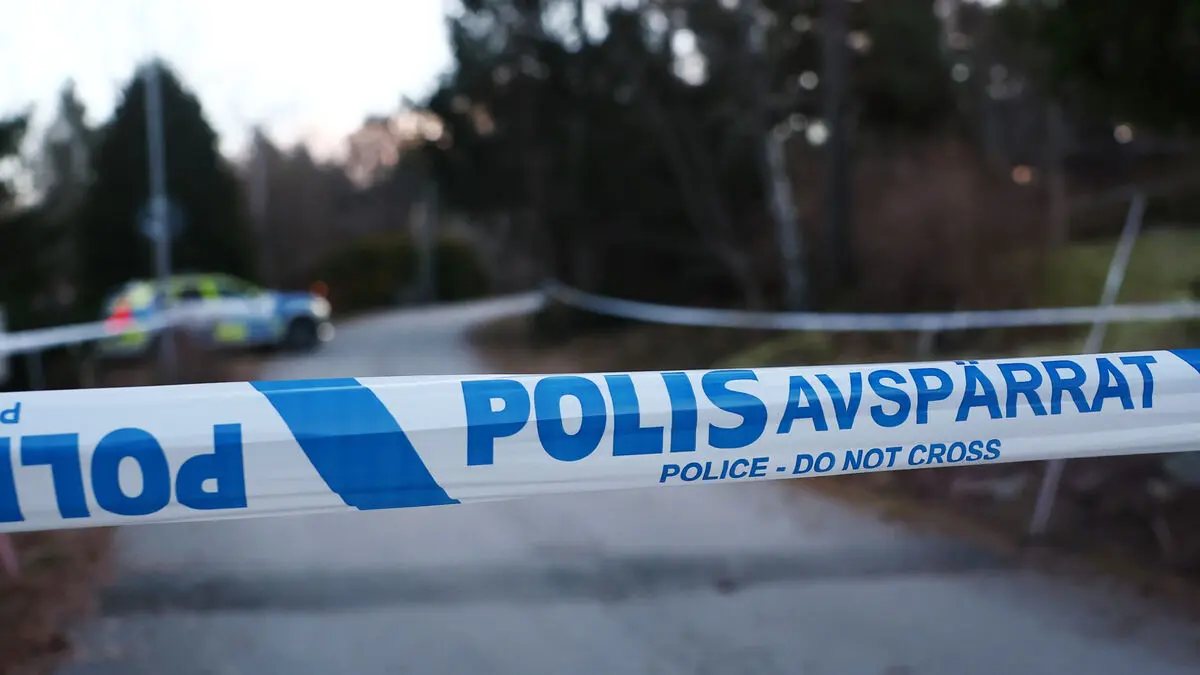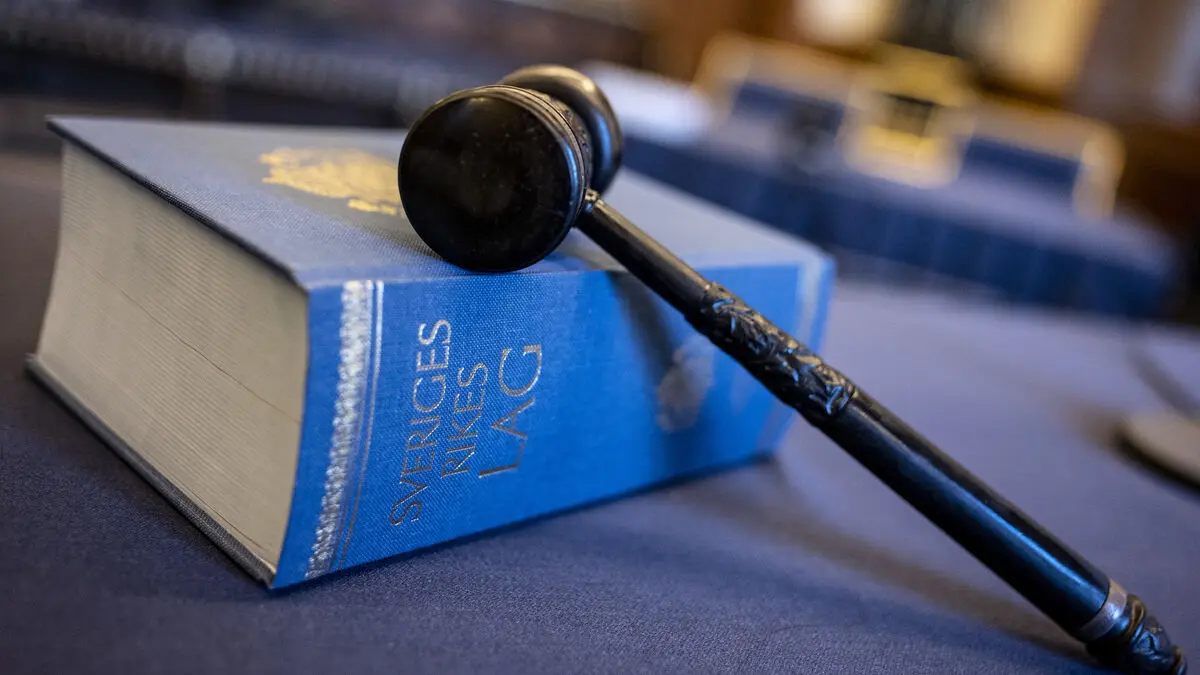Polish police and Europol had long suspected that the man was manufacturing and smuggling weapons to criminals, but the missing piece of the puzzle finally came from Sweden. In a short time, Swedish police last year seized several submachine guns of the Skorpion type in criminal environments.
In an attempt to trace the source, the serial numbers of the weapons were sent to Europol, where Polish police were able to match the weapon parts that they knew the man had legally purchased in Austria. It was then clear that he had used the parts to build complete weapons and sell them to criminals.
Buried Barrels
The man was arrested shortly thereafter when he was transporting weapon parts from Austria to Poland last autumn. During a subsequent house search, a large number of illegal weapons were found, including revolvers and submachine guns of the Skorpion type. More than 80 weapon parts and over 20,000 cartridges were also found, all buried in barrels in the ground.
"The suspect had previously held a license as a weapons dealer and thus had expert knowledge of European weapons laws, including a loophole regarding weapon parts in Austria that had enabled his illegal activities," writes Europol in a press release.
Austria is the only EU country that allows license-free sales of weapon parts. With the help of these parts, it is possible to build entire weapons and relatively easily smuggle them within the union – a development that the Customs Agency had previously warned about, as Sweden had seen a significant increase in weapons linked to Austria.
Gang Murder in Uppsala
In Sweden, a total of eleven submachine guns seized have been linked to the man. One of the cases involves two weapons that, according to a court ruling in the Svea Court of Appeal, were intended to be used in a planned gang murder in Uppsala last summer.
Such an investigation can stop at being satisfied that a murder has been prevented, two weapons have been seized, and the perpetrators have been convicted. But the important thing is to also try to identify the origin of the weapons and eliminate the source, says Jesper Liedholm, an expert at the Customs Agency and active at the national firearms center.
Exactly how many weapons in Sweden can be traced back to the man in question is impossible to say. However, it is feared that hundreds of weapons have been smuggled out into Europe over time, according to Liedholm.
The submachine guns found in Sweden were originally manufactured in the Czech Republic and were of the Skorpion type. The weapons had been disassembled into separate parts to be sold in Austria without a license.
The parts were then smuggled into Poland, where they were reassembled into complete weapons. Via criminals in Germany, they eventually ended up in the hands of young perpetrators in Sweden.
Authorities from five countries have been involved in the Europol-led operation against the suspected arms smuggler: Austria, the Czech Republic, Germany, Poland, and Sweden.
Source: The Customs Agency, Europol





